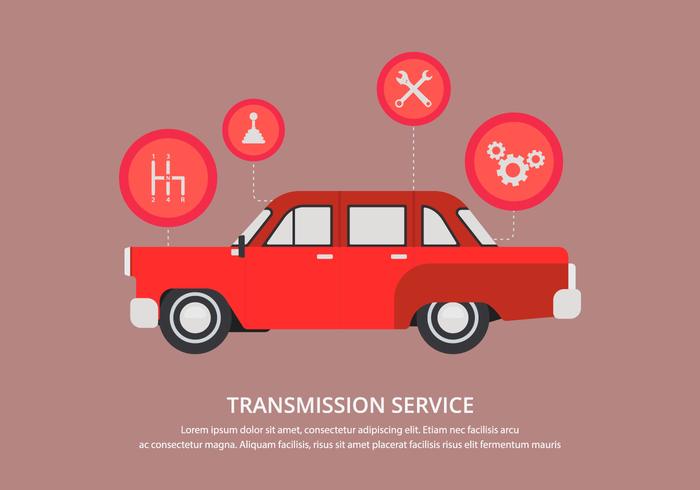Wish To Find Out More Regarding The Caution Lights On Your Control Panel? Uncover What They Suggest Regarding Your Car'S Health And Safety
Wish To Find Out More Regarding The Caution Lights On Your Control Panel? Uncover What They Suggest Regarding Your Car'S Health And Safety
Blog Article
Article Composed By-Samuelsen Stark
When you're behind the wheel, those radiant caution lights on your dashboard can be a little bit difficult. Do you recognize what they're attempting to inform you about your auto's wellness? Recognizing the significance of these lights is important for your safety and security and the durability of your car. So, the next time among those lights appears, would not you wish to decode its message precisely and take the essential steps to resolve it?
Common Caution Lights and Interpretations
Recognize typical caution lights in your car and comprehend their meanings to guarantee secure driving.
One of the most regular warning lights consist of the check engine light, which signals concerns with the engine or emissions system. If this light comes on, it's important to have your vehicle examined promptly.
The oil pressure alerting light indicates reduced oil stress, needing instant interest to stop engine damage.
A blinking battery light could suggest a malfunctioning charging system, possibly leaving you stranded if not resolved.
The tire pressure monitoring system (TPMS) light alerts you to reduced tire pressure, influencing automobile security and fuel performance. Overlooking this might bring about hazardous driving problems.
The abdominal muscle light indicates an issue with the anti-lock stopping system, compromising your capacity to quit quickly in emergencies.
Finally, the coolant temperature level cautioning light warns of engine getting too hot, which can result in serious damages otherwise solved quickly.
Understanding these usual caution lights will help you deal with issues without delay and preserve safe driving conditions.
Relevance of Prompt Interest
Comprehending the typical caution lights in your car is just the primary step; the importance of without delay dealing with these cautions can't be stressed sufficient to ensure your security when driving.
When a warning light illuminates on your control panel, it's your car's method of interacting a potential problem that requires attention. Ignoring these cautions can bring about much more serious troubles later on, jeopardizing your safety and security and possibly costing you extra in repairs.
Motivate focus to cautioning lights can stop failures and accidents. For example, a flashing check engine light can indicate a misfire that, if left ignored, could cause damages to the catalytic converter. Resolving this immediately can conserve you from a costly repair service.
Similarly, please click the following web site cautioning light could signify reduced brake fluid or worn brake pads, critical components for your safety and security when driving.
DIY Troubleshooting Tips
If you notice a warning light on your control panel, there are a couple of do it yourself repairing ideas you can attempt prior to looking for expert help.
The first step is to consult your vehicle's handbook to comprehend what the particular warning light indicates. Sometimes the problem can be as straightforward as a loose gas cap activating the check engine light. Tightening the gas cap might deal with the issue.
An additional usual problem is a low battery, which can trigger numerous cautioning lights. Checking the battery connections for deterioration and ensuring they're secure might fix the trouble.
If a caution light lingers, you can try resetting it by separating the automobile's battery for a few mins and after that reconnecting it. In addition, examining your car's fluid degrees, such as oil, coolant, and brake fluid, can aid troubleshoot advising lights connected to these systems.
car paint restoration
In conclusion, understanding your cars and truck's caution lights is necessary for maintaining your lorry running efficiently and securely. By promptly dealing with these signals and knowing what they mean, you can avoid expensive fixings and potential malfunctions.
Keep in mind to consult your vehicle's manual for particular details on each cautioning light and do something about it as necessary to ensure a hassle-free driving experience.
Remain educated, remain secure on the road!
